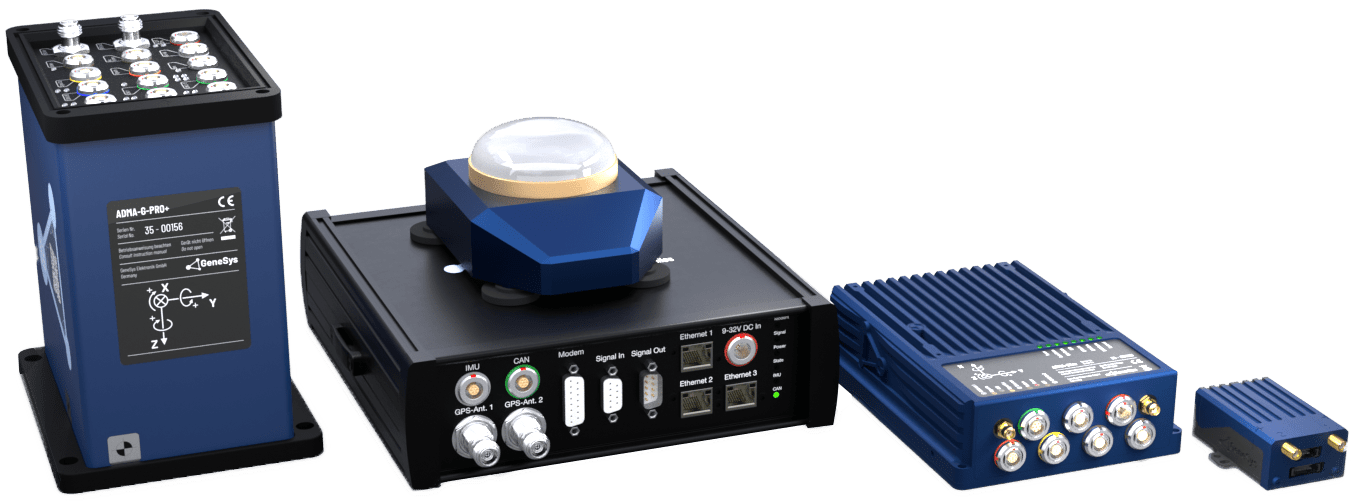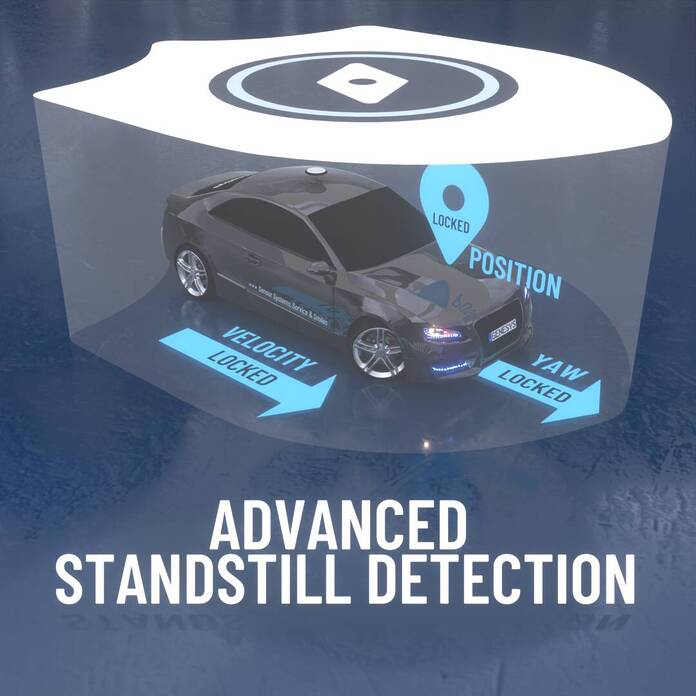In modern vehicle development and ADAS testing, accurately detecting when a vehicle is at a standstill is critical for reliable measurement data. Incorrect standstill detection can lead to distorted results and complicate the validation of complex systems. With Advanced Standstill Detection (ASD), GeneSys Elektronik delivers a solution that ensures maximum precision, even under challenging conditions and requires only one GNSS antenna.
Why is Standstill Detection so Important?
During vehicle dynamics measurements and ADAS evaluations, data accuracy is paramount. Every slight movement affects calculations for yaw angle, speed, and position. If a vehicle is stationary but the system fails to recognize it, drift errors occur, compromising the entire dataset. ASD addresses this challenge by providing robust and reliable standstill detection even when GNSS signals are temporarily unavailable, such as in tunnels or urban environments.
How Does ASD Work?
ASD stands out thanks to its intelligent combination of IMU indicators and GNSS Doppler data. Absolute heading information is not required for detecting standstill. Instead, ASD uses a multi-channel evidence check to confirm whether the vehicle is truly stationary.
A second antenna is only necessary if absolute heading data is required during standstill not for detecting the standstill itself.
The result: No data jumps, no re-initialization after GNSS outages, and significant time savings during test preparation. Compared to systems without standstill detection, the advantage is clear: While other systems may show a yaw drift of up to 4° after 40 seconds of standstill, ADMA with ASD remains stable and delivers consistently accurate data.
Your Benefits with ASD
ASD reduces hardware complexity by requiring only one GNSS antenna. This saves time and costs during installation without compromising precision. Even under harsh conditions such as strong accelerations or impacts when crossing platforms, the sensors remain stable. Tests can continue immediately without re-initialization.
Applications
ASD is ideal for vehicle dynamics measurements, ADAS testing, and validating automated driving functions. Whether ISO-standard tests or complex scenarios for autonomous vehicles, ASD provides a reliable data foundation and supports compliance with international standards such as EURO NCAP and NHTSA.

👉 Get in touch with our experts and find the perfect solution for your testing requirements:
FAQ
Do I need two GNSS antennas for ASD?
No, one GNSS antenna is sufficient for standstill detection. A second antenna is only required if absolute heading data is needed during standstill.
Does ASD work without GNSS signals?
Yes, ASD combines IMU indicators with GNSS Doppler data and reliably detects standstill even during GNSS outages, such as in tunnels or dense urban areas.




